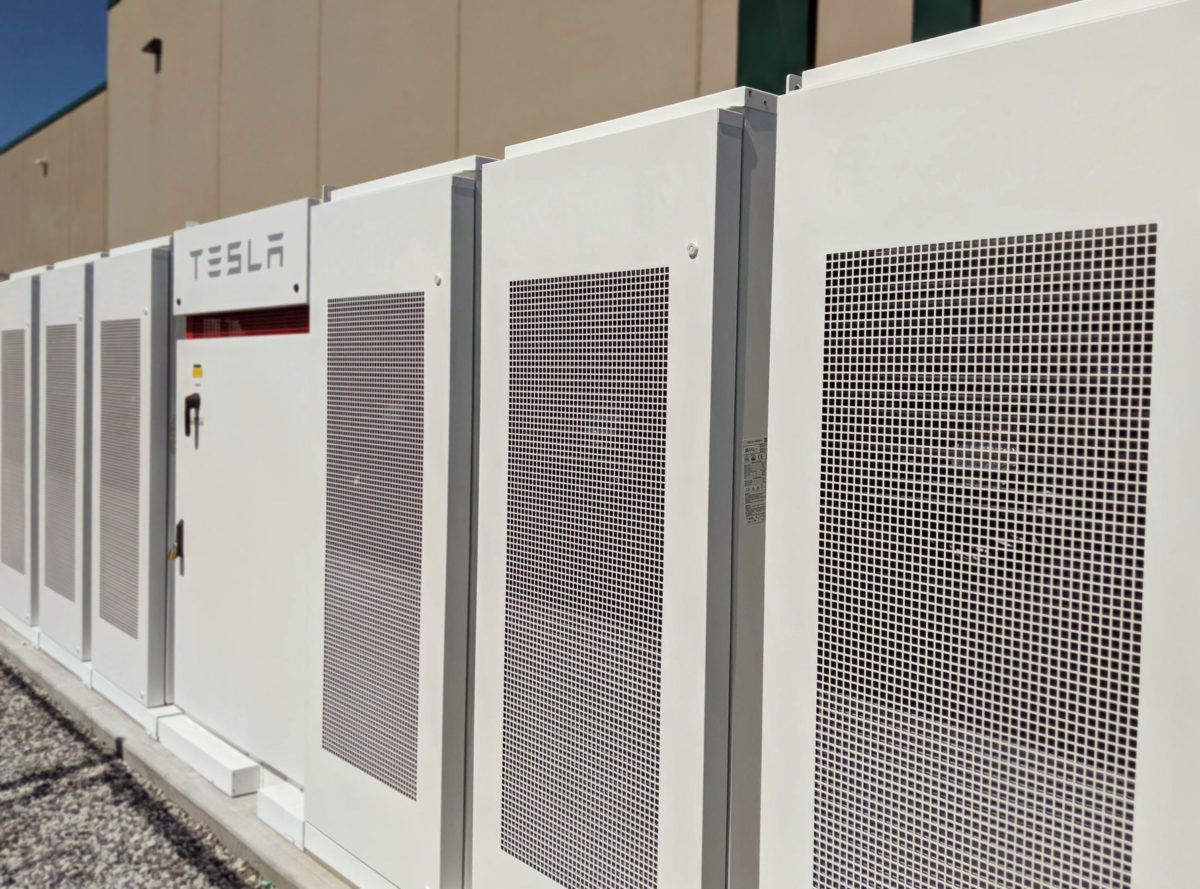From Winter Storm Uri in 2021 to the heat waves that have become a regular part of a Texas summer, Texas stakeholders adapt its energy grid to accommodate fluctuations from extreme weather.
One solution involves an ongoing partnership with Enel North America, a clean energy provider serving over 4,500 business utilities and cities with renewable power generation resources and solutions. The company has built five new battery energy storage systems (BESS) in the state as part of its commitment to strengthen the Texas energy grid. The BESS adds more than 369 MW of dispatchable energy storage, helping provide reserves residents can tap into during peak demand and high rates.
Each BESS is situated at or near renewable generation plants in Texas. They include:
- Two 59 MW batteries at Enel’s Blue Jay Solar project near Iola, Texas and its Roseland Solar project near Riesel, Texas.
- Two 57 MW batteries at the High Lonesome Wind and Roadrunner Solar projects near McCamey, Texas.
- One 137 MW battery at the Azure Sky Wind project near Throckmorton, Texas.
The construction of these systems brings Enel’s total operational utility-scale battery storage capacity to 520 MW in Texas. The operation supports the state’s current grid regulator, the Electric Reliability Council of Texas (ERCOT), as it adapts to shifting conditions.
ERCOT declared an Energy Emergency Level 2 Alert (EEA 2) early this month. This happens when operating reserves drop below 1,750 MW and aren’t expected to recover within 30 minutes. An EEA 2 is also issued when frequency drops below 59.91 Hz for 30 minutes. Residents are encouraged to raise thermostats by a degree or avoid using large appliances, among other energy-saving tips, while ERCOT deploys additional tools to meet current demand. On September 6, Enel delivered about 524/MWh of electricity to the grid. The company’s renewable portfolio in Texas generated almost 19.9/GWh of wind and solar electricity for residents throughout the day. Finally, Enel’s demand response portfolio provided 145 MW of critical load relief.
“Adding more resource diversity and energy flexibility through solutions like battery storage demand response and renewable generation is key to reinforcing the power grid and ensuring energy availability for Texans amid high demand periods,” said Paolo Romanacci, head of Enel’s renewable energy business, Enel Green Power North America.
According to Enel, all its utility-scale batteries are a part of ERCOT’s Ancillary Services. To help prevent blackouts, Enel consistently stores up to 325 MW of available electricity. This power can be discharged to the grid in seconds if need be and provides enough electricity for 65,000 homes during peak demand.
Enel has an additional 1.8 GW of solar and 823 MW of utility-scale storage capacity under construction in Texas. This would take more responsibility off of residential consumers as the state scales its generation and battery storage capacity to meet the needs of its growing population and extreme weather conditions. In 2022, residential energy storage systems coupled with solar generation and reduced energy consumption during peak hours, were part of why Texas avoided rolling blackouts during that summer’s heatwave.
Other ongoing projects dedicated to increasing Texas grid resilience include 200 MW of disaster recovery capacity for commercial and industrial organizations in the ERCOT market managed by Enel. Furthermore, Enel’s retail energy offering, introduced late last year, allows consumers to buy renewable energy directly from Texas generation assets at a competitive price.
This content is protected by copyright and may not be reused. If you want to cooperate with us and would like to reuse some of our content, please contact: editors@pv-magazine.com.








By submitting this form you agree to pv magazine using your data for the purposes of publishing your comment.
Your personal data will only be disclosed or otherwise transmitted to third parties for the purposes of spam filtering or if this is necessary for technical maintenance of the website. Any other transfer to third parties will not take place unless this is justified on the basis of applicable data protection regulations or if pv magazine is legally obliged to do so.
You may revoke this consent at any time with effect for the future, in which case your personal data will be deleted immediately. Otherwise, your data will be deleted if pv magazine has processed your request or the purpose of data storage is fulfilled.
Further information on data privacy can be found in our Data Protection Policy.